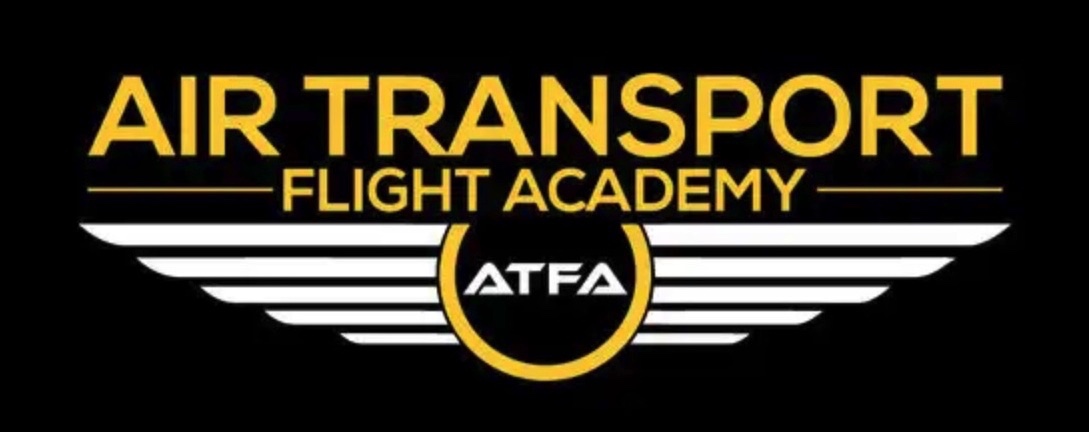Private Pilot Training
Overview
The Private Pilot Training curriculum is designed to provide aspiring pilots with the foundational skills, knowledge, and experience necessary to obtain a Private Pilot License (PPL). The program integrates theoretical knowledge with practical flying experience and is tailored for individuals from diverse backgrounds, ensuring accessibility and inclusivity in aviation training.
Curriculum Components
-
Ground School
Ground School provides students with essential theoretical knowledge covering a wide array of topics necessary for safe and effective flight operations. Ground School may be delivered through in-person classes, online modules, and self-study materials.
Course Topics:
– Aviation Regulations
– Federal Aviation Administration (FAA) regulations
– Pilot certification requirements
– Medical requirements
– Aerodynamics
– Principles of flight
– Aircraft performance and limitations
– Weight and balance
– Meteorology
– Understanding weather phenomena
– Reading and interpreting weather reports and forecasts
– Flight planning with weather considerations
– Navigation
– Aeronautical charts
– navigation methods (VFR, IFR)
– Use of electronic navigation aids (GPS)
– Aircraft Systems
– Understanding aircraft components and systems
– Engine operations and performance
– Pre-flight inspections
– Flight Operations
– Flight planning and fuel calculations
– Air traffic control and communication protocols
– Emergency procedures and risk management
-
Flight Training
Flight Training consists of hands-on instruction in the airplane, under the guidance of certified flight instructors (CFIs). Students will engage in a mix of dual instruction (with an instructor) and solo flight time to develop practical flying skills.
Flight Training Components:
– Pre-Flight Briefings
– Overview of the flight plan
– Discussion of maneuvers to be practiced
– Safety considerations
– Flight Maneuvers
– Basic flight maneuvers (climbs, descents, turns)
– Takeoffs and landings (soft field, short field, crosswind)
– Navigation exercises (pilotage and dead reckoning)
– Emergency Procedures
– Engine failures
– In-flight emergencies
– Forced landing procedures
– Solo Flight Experience
– Building confidence and independence through supervised solo flights
– Meeting the FAA requirements for solo flight hours
-
Flight Simulations
To enhance situational awareness and decision-making skills, students will participate in flight simulation training using state-of-the-art flight simulators. This allows for practice of various flight scenarios in a controlled environment.
Simulation Modules:
– Basic Aircraft Handling
– Emergency Situations
– Navigation Exercises
– Night and Poor Weather Conditions
-
Completion Standards
Students must complete the following before receiving endorsement to take the FAA Private Pilot Knowledge Test and Practical Test (checkride):
– Ground School Completion: Passing quizzes and a final exam covering all ground school topics.
– Flight Training: A minimum of 40 flight hours, including:
– 20 hours of flight training with an instructor
– 10 hours of solo flight time
– 3 hours of night flight training (including 10 takeoffs and landings)
– Flight Checkride: Passing an FAA checkride administered by an FAA-designated pilot examiner.
-
Timeline
The entire curriculum is designed to be completed in approximately 6 to 12 months, depending on weather conditions, student schedules, and availability of flight instructors and aircraft.
-
Additional Resources and Support
– Mentorship Program: Pairing students with experienced pilots for guidance and advice throughout their training.
– Career Counseling: Educational resources and support for those interested in pursuing advanced ratings and career opportunities in aviation.
– Networking Opportunities: Regular seminars and events featuring industry professionals to foster connections within the aviation community.
-
Assessment and Feedback
